Join More Than 50,000+ Subscribers and get latest camera news and rumors
NEW CAMERA VIDEOS ON YOUTUBE
|
By admin, on April 27th, 2022
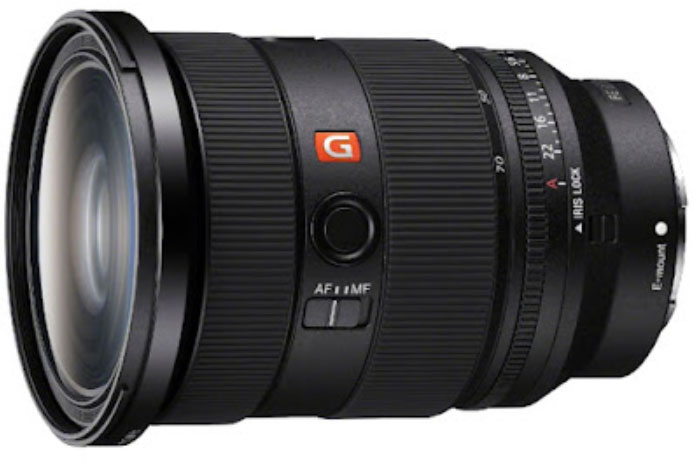
Sony FE 24-70mm F2.8 GM II Images and specification, announcement soon
FE 24-70mm f/2.8 GM II
– SEL2470GM2
– Minimum focusing distance: 21cm
– Filter diameter: 82mm
– Weight: 695g
– Overseas price: 2099 British Pound Sterling, 2399 Euros
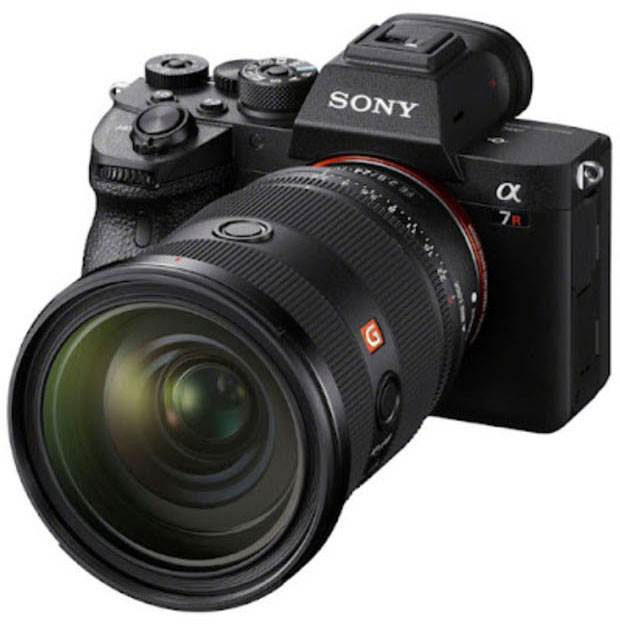
The FE 24-70mm F2.8 GM II, which is rumored to be announced today at 23:00 JST, leaked image, spec, and price information. The source of the information is a thread related to E-mount lenses on a huge bulletin board, and it seems that the person who posted the image is the usual person.
Although the total length is not known from the specifications, it weighs 695 g, which seems to be considerably lighter than the current model. Also, the shortest shooting distance is considerably shorter. It seems that the lens barrel is equipped with an aperture ring, which was confirmed in the previous leak image.
Follow us on our social pages FACEBOOK | TWITTER | INSTAGRAM, If you have time –>see more Sony Alpha Rumor
Source nokoshita
By admin, on April 23rd, 2022
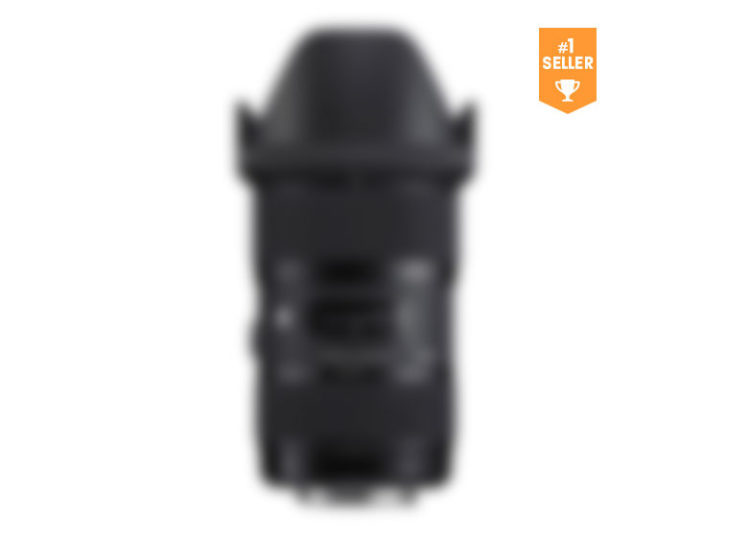
According to the latest rumors that surfaced over the web, sigma will soon announce a new 16-28mm F2.8 DG DN Contemporary lens for Sony full-frame mirrorless camera.
Just Like Tamron RXD Series….
Sigma also wants to create affordable series lenses like Tamron
More details 16-28mm F2.8 DG DN Details
- 16-28mm F2.8 DG DN | Contemporary
- Lens configuration: 16 elements in 11 groups
- Shortest shooting distance: 25cm
- Maximum shooting magnification: 1: 5.6
- Number of aperture blades: 9 (circular aperture)
- Filter diameter: 72mm
- Size : Φ77.2 x 100.6mm (E mount version is 102.6mm)
- Weight: 450g
- Mount: L mount ・ Sony E mount
We will post updates
Follow us on our social pages FACEBOOK | TWITTER | INSTAGRAM, If you have time –>see more Sony Alpha Rumor
source digicaminfo
By admin, on April 17th, 2022
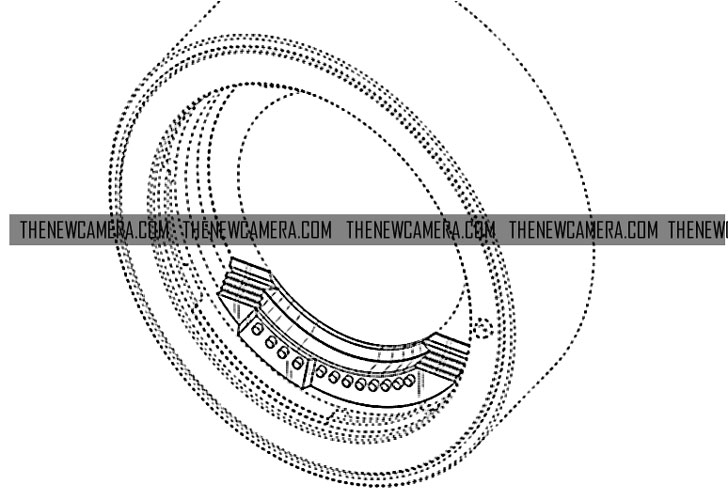
Those who know how many pins a Canon regular EF-S to EF-M or an EF to RF adapter has will sure know this is completely a new breed. Maybe we are wrong, if this thing already exists somewhere inside Canon, OR if you know a Canon 12 pin-based adapter then let us know (as of April 17, 2022).
It’s really interesting to see Canon working towards new tech. We hope and expect we will soon new innovations in future soon.
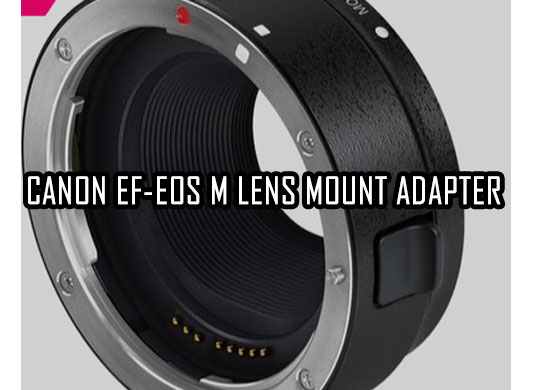
Just for reference purposes – The above is EF-EOS M (APS-C Mirrorless) and the below is EF to EOS R adapter.
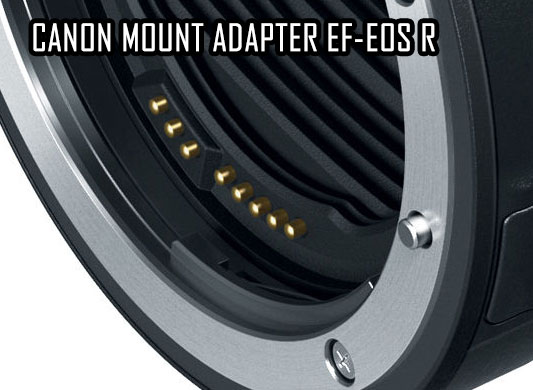
See more
Get LIVE RUMORS –> FACEBOOK | TWITTER | INSTAGRAM to get live news + Canon Patents
By admin, on April 7th, 2022
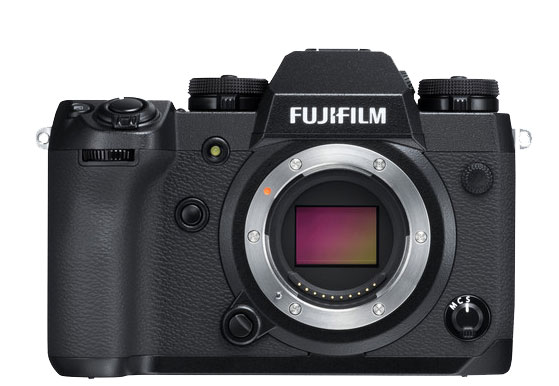
Take a look at the list of updates we have from rumor mills related to the Fuji X-H2 camera
1. Two different models of Fuji X-H2 camera coming, The Fuji X-H2 and Fuji X-H2S
2. One of them will have a regular 26MP BSI CMOS sensor and the other will have a 40MP higher resolution sensor
3. Camera capable to record DCI 8K Videos
4. Price expected to be less than $2500
5. Introduction of new image processor to manage 8k output
6. Announcement on May 2022
7. Two different battery grips for the X-H2 camera.
See more Sigma Lenses for Fuji X-Mount
Follow us on our social pages FACEBOOK | TWITTER | INSTAGRAM, –> See More Fuji Rumors Or subscribe us via Email
source fujirumor.com
By admin, on March 26th, 2022
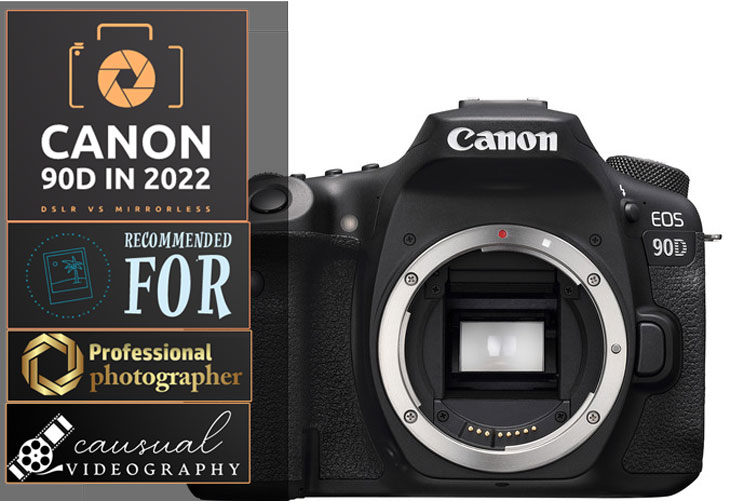 Don’t get driven by the poster image, read the article briefly before jumping to any decision Canon 90d camera is not coming under my recommendation from the past 1 year. So, let’s talk about why I am keeping off Canon 90D From My Recommendation list
1. DSLR Cannibalization
As we all know, both DSLR giants are into DSLR cannibalization mode. I have read many times and I am going to link those articles to that canon and has completely stopped research and development on Canon DSLR lenses and cameras. And they have also discontinued many EOS Lenses to make space in the production line for the new RF Lenses. From 2018, all the major DSLR announcements from these two DSLR giants are all-most halted, and the DSLR schedule updates are also altered.
2. Process of Transition and absence of perfect product
Both DSLR giants are in the process of transition and they are taking their time. The best thing we can do right now is to give them a proper time of transition.
3. Confusion about regaining Versatility
In Canon, we do know that Mirrorless is the future, but no one knows that Canon will continue its EF-M Mount (announced back in 2012) or will introduce a new RF-Mount APS-C camera. Since we have no Sync between the EF and EF-M Mount due to the flange distance issue, and if you look around no other camera maker has such issue in the mirrorless lineup of cameras. We do have a high possibility in near future to regain the versatility of 1-Mount they will bring out RF Mount APS-C Mirrorless cameras.
So, if Canon regains its versatility and announces an RF-Mount-based APS-C System camera in near future then for sure the EF-M Mount has to face cannibalization just like DSLRs.
4. Delay in announcement
As you can see we have multiple mirrorless cameras from Canon in the professional range that include Canon EOS R6, Canon EOS R5 (R5c) as well Canon EOS R3. And rumors suggest, the Canon EOS R1 camera is to be announced this year. But for semi-professional users, we have the Canon EOS R, Rp both for now highly outdated and need a desperate update.
Now let’s talk about Canon 90D in 2022
1. For Casual Shooters and Videographers
If you want to buy this camera for casual photography and video it’s completely ok to have this camera even in the year 2022.
The word Casusual Photography or videography means you will not going to invest too much money in the lenses or accessories relates to the Canon 90D DSLR camera.
2. For Semi-Professionals and serious enthusiastic cinematographers, pro content creators
When a professional buy a camera he or she has to invest a lot in lenses as well as in other camera-related accessories, and when we clearly know the DSLR giants are in transition mode the DSLR will become obsolete soon then why invest a huge amount in DSLR body or lenses? Better to wait for a perfect option or switch to a different brand.
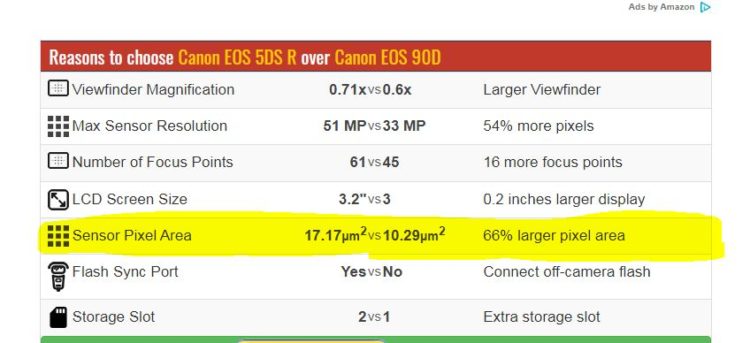
3. Before Buying Canon 90D camera you must read this
A must-read for photographers: If you planning to buy can a 90d camera in the year 2022 and if you are a professional or semi-professional photographer then you must read this before buying the camera. As we all know the Canon 90d camera features a 32-megapixel high-resolution sensor and the pixel per inch density of the Canon 90d camera is even denser than the Canon 5D SR camera. We also know that with Canon 5D and Canon 5D SR camera canon issued a list of recommended lenses to be used with these cameras to properly resolve the sensor resolution, but with the Canon 90D camera we do not have any list like that. Canon 90D PPI Ratio is much denser and for that Camera also requires high-quality optics to properly resolve the sensor resolution. My only recommendation to Photographers, if they are willing to buy Canon 90D camera in near future they must invest in high-quality optics to get the maximum quality out of their camera.
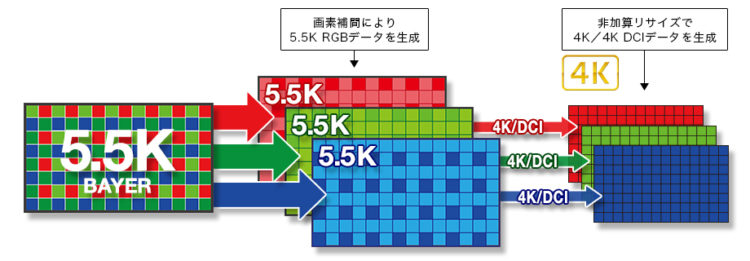
A must-read for videographers and cinematographers
If you are a videographer cinematographer you must know that Canon 90d camera is not using full sensor resolution to generate 4K video files. Canon never mentions the 90D camera is using an over-sampling algorithm to generate 4K files. That clearly indicates to compensate for it the camera is using either pixel winning or line skipping algorithm. So for sure, the details will be less in canon 90ds 4K file compared to Sony is 6400 or Sony Z10 camera or any Nikon Z50 or Fuji X-S10
So Canon 90d can be used for casual videography purposes or maybe even for Casual YouTube content creation when you actually don’t require too many details or latitude in your video file but for professional work or even for professional content creation or cinematography I will recommend you to have a camera that over samples their sensor is resolution to create 4K file.
4. Best Alternatives of Canon 90D
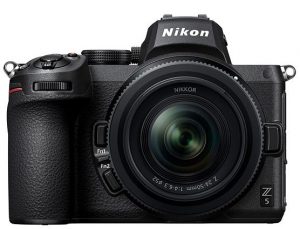
B&H Store | Amazon.com
For Photographers: Nikon Z5 (amazon.com | B&H Store) is one of the best alternatives of Canon 90d camera for photographers out there, Nikon Z5 camera uses a full-frame CMOS sensor and also has an inbuilt sensor-shift image stabilization system. If you want to shoot higher-quality images it’s better to have Nikon Z5 camera with a full-frame sensor instead of having a crop body.
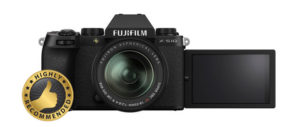
Fuji X-S10 at B&H Store | Amazon.com
For Hybrids: Fuji X-S10 is also a great alternative to a 90d camera since the camera features a class-leading 26 megapixels-Trans CMOS Sensor and a built-in image stabilization system. The camera record over samples 4K videos and create high-quality still images.
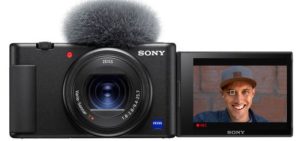
Sony ZV-E10 at B&H Store and Amazon.com
For Cinematographers: Sony ZV-E10 it’s more affordable than Canon 90d camera and creates high-quality oversampled 4k videos for content creation.
References
- Canon is Finally Willing to Cannibalize Its DSLRs for Mirrorless: Report petapixel
- Manager says Canon is willing to cannibalize DSLR sales with mirrorless cameras dpreview
- Canon to Cannibalize DSLR & Mirrorless Camera Sales ? TheNEWCamera
- Canon Stopped Development of DSLR Lenses TheNEWCamera
By admin, on February 27th, 2022
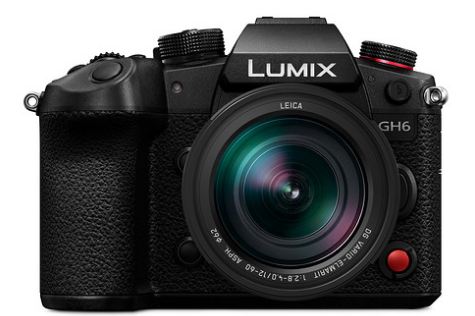
Let’s talk about some of the best accessories available for the Panasonic gh6 camera. Panasonic gh6 camera announced recently and its features excellent go specification at and very attractive price range. The camera is made for cinematographers who are looking for a budget solution. In this article, we will discuss some of the best accessories available for the Panasonic gh6 camera all these accessories are genuine, and yes these accessories are fully compatible with the gG6.
Also, let me you if you have any questions or queries related to the Z6 camera but also let me know that we have already done the specification comparison review of the Panasonic gh6 camera along with the Panasonic gh5 mark 2..
Table of Content
- Battery pack DMW-BLK22
- Battery charger (DC charge type) DMW-BTC15
- AC adapter DMW-AC10
- DC coupler DMW-DCC17
- Tripod Grip DMW-SHGR1
- Panasonic DMW XLR1 XLR
- Shotgun Microphone for Panasonic GH6
1. Battery pack DMW-BLK22
2. Battery charger (DC charge type) DMW-BTC15
3. AC adapter DMW-AC10
4. DC coupler DMW-DCC17
5. Tripod Grip DMW-SHGR1
6. Panasonic DMW XLR1 XLR
DMW-XLR1 XLR Microphone Adapter from Panasonic
7. Shotgun Microphone for Panasonic GH6
Also, see Panasonic GH6 v Panasonic GH5 II
Panasonic GH6 B&H Store
8. Pro Mirrorless Lens (All in one lens) –
Best Budget Lenses for Panasonic GH6 under budget
Tamron 14-150mm f/3.5-5.8 Di III Lens
Follow us on our social pages FACEBOOK | TWITTER | INSTAGRAM, to get LIVE News and Panasonic Rumor
By admin, on February 23rd, 2022
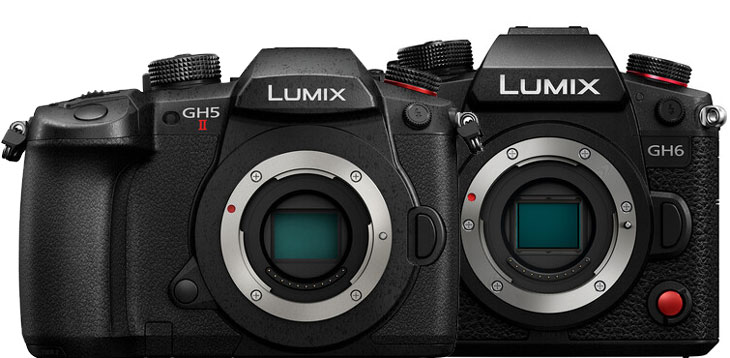
Panasonic GH6 v Panasonic GH5 specification comparison, let’s talk about the major difference between the two cameras.
Panasonic GH6 v Panasonic GH5, new 25.2-megapixel Live MOS Sensor boasts high-resolution, high-speed signal readout and wide dynamic range.
The LUMIX GH6 contains V-Log/V-Gamut – a first for LUMIX G Micro Four Thirds cameras – and provides 12+ stops and even 13+ stops of wide dynamic range using Dynamic Range Boost mode
Panasonic GH6 B&H Store
Pro Mirrorless Lens (All in one lens) –
Best Budget Lenses for Panasonic GH6 under budget
Tamron 14-150mm f/3.5-5.8 Di III Lens
| Lens Mount |
Panasonic GH6 |
Panasonic GH5 II |
| Sensor Resolution |
Actual: 26.52 Megapixel
Effective: 25.2 Megapixel (5776 x 4336) |
Actual: 21.77 Megapixel
Effective: 20.3 Megapixel (5184 x 3888) |
| Sensor Type |
17.3 x 13 mm (Four Thirds) MOS |
17.3 x 13 mm (Four Thirds) MOS |
| Crop Factor |
2x |
2x |
| Image Stabilization |
Sensor-Shift, 5-Axis (Improved) |
Sensor-Shift, 5-Axis |
| Built-In ND Filter |
None |
None |
| Capture Type |
Stills & Video |
Stills & Video |
New Major Features in Panasonic GH6 camera
- The GH6 is based around a completely new sensor: the highest resolution chip we’ve yet seen in the Four Thirds sensor size.
- New to the GH6 is the option to shoot in Apple ProRes 422 HQ and 422 formats. At first the camera’s ProRes modes will only be available for 5.7K capture, but DCI 4K and FullHD support will be added in firmware, due later in 2022.
- Camera’s 8-shot high-resolution mode, which delivers 50 or 100MP images,
- GH6’s noise reduction has been updated
- DFD is Updated and does very well in still mode, works best in Full HD 60p mode.
- Magnified live view while recording video
- Fan to extend the recording time limit of 4:2:2 10-bit 4K at up to 60p.
Exposure those
| Shutter Type |
Mech & Electronic Shutter |
Mechanical Focal Plane Shutter, Electronic Shutter |
| Shutter Speed |
Electronic Front Curtain Shutter
1/2000 to 60 Seconds
Up to 30 Minutes in Bulb Mode
Electronic Shutter
1/32000 to 1 Second
to 60 Seconds in Bulb Mode
1/25,000 to 1/8 Second in Movie Mode |
Electronic Front Curtain Shutter
1/8000 to 60 Seconds
Up to 30 Minutes in Bulb Mode
1/16000 to 1/24 Second in Movie Mode
Electronic Shutter
1/16000 to 1 Second |
| Bulb/Time Mode |
Bulb Mode, Time Mode |
Bulb Mode |
| ISO Sensitivity |
Photo
100 to 256,000 in Auto Mode (Extended: 50)
Video
100 to 12,800 (Extended: 50) |
Photo
200 to 25,600 in Auto Mode (Extended: 100 to 25,600)
Video
200 to 12,800 in Auto Mode (Extended: 100 to 12,800) |
| Metering Method |
Center-Weighted Average, Highlight Weighted, Multiple, Spot |
Center-Weighted Average, Multiple, Spot |
| Exposure Modes |
Aperture Priority, Manual, Program, Shutter Priority |
Aperture Priority, Manual, Program, Shutter Priority |
| Exposure Compensation |
-5 to +5 EV (1/3 EV Steps) |
-5 to +5 EV (1/3 EV Steps) |
| Metering Range |
0 to 18 EV |
0 to 18 EV |
| White Balance |
Presets: Auto, Cloudy, Color Temperature, Daylight, Flash, Incandescent, Shade, White Set 1, White Set 2, White Set 3, White Set 4 |
Presets: Auto, Cloudy, Color Temperature, Daylight, Flash, Incandescent, Shade, White Set 1, White Set 2, White Set 3, White Set 4 |
| Continuous Shooting |
Mechanical Shutter
Up to 14 fps for up to 65 Frames (Raw) / 95 Frames (JPEG)
Electronic Shutter
Up to 75 fps for up to 200 Frames (Raw) / 200 Frames (JPEG) |
Up to 12 fps at 20.3 MP
Up to 30 fps at 18 MP
Up to 60 fps at 8 MP |
| Interval Recording |
Yes |
Yes |
| Self-Timer |
2/3/10-Second Delay |
2/10-Second Delay |
The full sensor region of the GH6 is very similar to what you’d get by taking a 4:3 crop from a Super35 (APS-C) camera’s 16:9 video. However, while this should deliver comparable noise performance,
Internal Video Capture
| Recording Modes |
H.264/MOV/MPEG-4 AVC/ProRes 422 HQ 4:2:2 10-Bit
5728 x 3024 at 29.97p [1900 Mb/s]
5728 x 3024 at 23.98p/24.00p [1500 Mb/s]
5728 x 3024 at 25p [1600 Mb/s]
H.264/MOV/MPEG-4 AVC/ProRes 422 4:2:2 10-Bit
5728 x 3024 at 29.97p [1300 Mb/s]
5728 x 3024 at 25p [1100 Mb/s]
5728 x 3024 at 23.98p/24.00p [1000 Mb/s]
H.264 ALL-Intra/MOV 4:2:2 10-Bit
4096 x 2160 at 47.95p/50p/59.94p [600 to 800 Mb/s]
4096 x 2160 at 23.98p/24.00p/25p/29.97p [400 Mb/s]
3840 x 2160 at 47.95p/50p/59.94p [600 to 800 Mb/s]
3840 x 2160 at 23.98p/24.00p/25p/29.97p [400 Mb/s]
1920 x 1080 at 200p/239.76p [800 Mb/s]
1920 x 1080 at 100p/119.88p [400 Mb/s]
1920 x 1980 at 23.98p/24.00p/25p/29.97p/47.95p/50p/59.94p [200 Mb/s]
1920 x 1080 at 50i/59.94i [100 Mb/s]
H.264 Long GOP/MOV/MPEG-4 AVC 4:2:2 10-Bit
4096 x 2160 at 50p/59.94p [200 Mb/s]
4096 x 2160 at 47.95p [200 Mb/s]
4096 x 2160 at 23.98p/24.00p/25p/29.97p [150 Mb/s]
3840 x 2160 at 47.95p/50p/59.94p [200 Mb/s]
3840 x 2160 at 23.98p/24.00p/25p/29.97p [150 Mb/s]
1920 x 1080 at 200p/239.76p [200 Mb/s]
1920 x 1080 at 100p/119.88p [150 Mb/s]
1920 x 1080 at 23.98p/24.00p/25p/29.97p/47.95p/50p/59.94p [100 Mb/s]
1920 x 1080 at 59.94i [50 Mb/s] |
H.265/MOV 4:2:0 10-Bit
6K Anamorphic (4992 x 3774) at 23.98p/24.00p/25p/29.97p [200 Mb/s]
4K Anamorphic (3328 x 2496) at 50p [200 Mb/s]
DCI 4K (4096 x 2160) at 50p/59.94p [200 Mb/s]
UHD 4K (3840 x 2160) at 50p/59.94p [200 Mb/s]
H.264/MOV 4:2:2 10-Bit
DCI 4K (4096 x 2160) at 23.98p/24.00p/25p/29.97p [150 to 400 Mb/s]
DCI 4K (4096 x 2160) at 50p/59.94p [200 Mb/s]
UHD 4K (3840 x 2160) at 23.98p/24.00p/25p/29.97p [150 to 400 Mb/s]
4K Anamorphic (3328 x 2496) at 23.98p/24.00p/25p/29.97p [150 to 400 Mb/s]
Full HD (1920 x 1080) at 23.98p/24.00p/25p/29.97p/50p/59.94p [100 to 200 Mb/s]
H.264/MOV 4:2:0 8-Bit
4K Anamorphic (3328 x 2496) at 23.98p/24.00p/29.97p/50p/59.94p [100 to 150 Mb/s]
DCI 4K (4096 x 2160) at 23.98p/24.00p/25p/29.97p [100 to 150 Mb/s]
UHD 4K (3840 x 2160) at 23.98p/24.00p/25p/29.97p/50p/59.94p [100 to 150 Mb/s]
Full HD (1920 x 1080) at 23.98p/24.00p/25p/29.97p/50p/59.94p [100 Mb/s]
H.265/MP4 4:2:0 10-Bit
UHD 4K (3840 x 2160) at 23.98p/25p/29.97p/50p/59.94p [72 to 100 Mb/s]
H.264/MP4 4:2:0 8-Bit
UHD 4K (3840 x 2160) at 23.98p/25p/29.97p [100 Mb/s]
Full HD (1920 x 1080) at 23.98p/25p/29.97p/50/59.94p [20 to 28 Mb/s] |
| Variable Frame Rates |
5.7K: to 60 fps
DCI 4K: to 119.88 fps
3.8K: to 119.88 fps
1080p: to 300 fps |
|
| Gamma Curve |
Panasonic V-Gamut, Panasonic V-Log |
|
| Recording Limit |
Unlimited for DCI 4K (4096 x 2160) at 59.94p (4:2:2 10-Bit) |
|
| Video System |
NTSC/PAL |
| Built-In Microphone Type |
Stereo |
| Audio Recording |
MOV: 2/4-Channel 24-Bit 96 kHz LPCM Audio
MOV: 2/4-Channel 24-Bit 48 kHz LPCM Audio
MP4: 2-Channel 16-Bit 48 kHz AAC Audio |
External Video Capture
| External Recording Modes |
4:2:2 10-Bit via HDMI
DCI 4K (4096 x 2160) at 50p/59.94p
UHD 4K (3840 x 2160) at 50p/59.94p |
4:2:2 10-Bit via HDMI
DCI 4K (4096 x 2160) at 24.00p
UHD 4K (3840 x 2160) at 24.00p/25p/29.97p/50p/59.94p
Full HD (1920 x 1080) at 24.00p/25p/29.97p/50p/59.94p |
| IP Streaming |
None |
None |
Interace
| Media/Memory Card Slot |
Slot 1: CFexpress Type B
Slot 2: SD/SDHC (UHS-II) [U3/V30 or Faster Recommended] |
Dual Slot: SD/SDHC/SDXC (UHS-II) |
| Video I/O |
1 x HDMI Output |
1 x HDMI Output |
| Audio I/O |
1 x 3.5 mm TRRS Headphone/Microphone Microphone Input
1 x 3.5 mm TRRS Headphone/Microphone Headphone Output |
1 x 3.5 mm TRS Stereo Headphone Output
1 x 3.5 mm TRS Stereo Microphone Input |
| Other I/O |
1 x USB Type-C |
1 x USB Type-C (USB 3.2 / 3.1 Gen 1) Data Input/Output (Shared with Power Input)
1 x 2.5 mm Sub-Mini Control Input |
| Power I/O |
1 x USB Type-C Input/Output |
1 x USB Type-C Input/Output |
| Wireless |
5 GHz Wi-Fi 5 (802.11ac) Video Output, Audio Output, Control |
Bluetooth, Wi-Fi |
| Global Positioning (GPS, GLONASS, etc.) |
None |
None |
Focus
| Focus Type |
Auto and Manual Focus |
Auto and Manual Focus |
| Focus Mode |
Automatic, Continuous-Servo AF, Focus Lock AF Area Mode, Manual Focus, Single-Servo AF, Touch AF & Shutter |
Continuous-Servo AF, Flexible, Manual Focus, Single-Servo AF |
| Autofocus Points |
Photo, Video
Contrast Detection: 315 |
Contrast Detection: 225 |
| Autofocus Sensitivity |
-4 to +18 EV |
-4 to +18 EV |
Interface
| Type |
Built-In Electronic (OLED) |
Built-In Electronic |
| Resolution |
3,680,000 Dot |
3,686,000 Dot |
| Eye Point |
21 mm |
21 mm |
| Coverage |
100% |
100% |
| Magnification |
Approx. 0.76x |
Approx. 0.76x |
| Diopter Adjustment |
-4 to +3 |
-4 to +3 |
Environmental
| Operating Temperature |
14 to 104°F / -10 to 40°C |
14 to 104°F / -10 to 40°C |
| Storage Humidity |
10 to 80% |
10 to 80% |
Promised via future firmware:
- Direct recording to SSD over USB
- ProRes recording for DCI 4K and Full HD
- HDMI interface to v2.1 standard
- 4K/120 over HDMI with live view and 4K/120 Raw stream over HDMI
|
KEEP THIS BLOG ALIVE - Support New Camera Buy Canon Lenses, Buy Music CD or Digital Camera at amazon it helps this site, and you do not pay anything extra, it is just a way to help support this site.

|



















